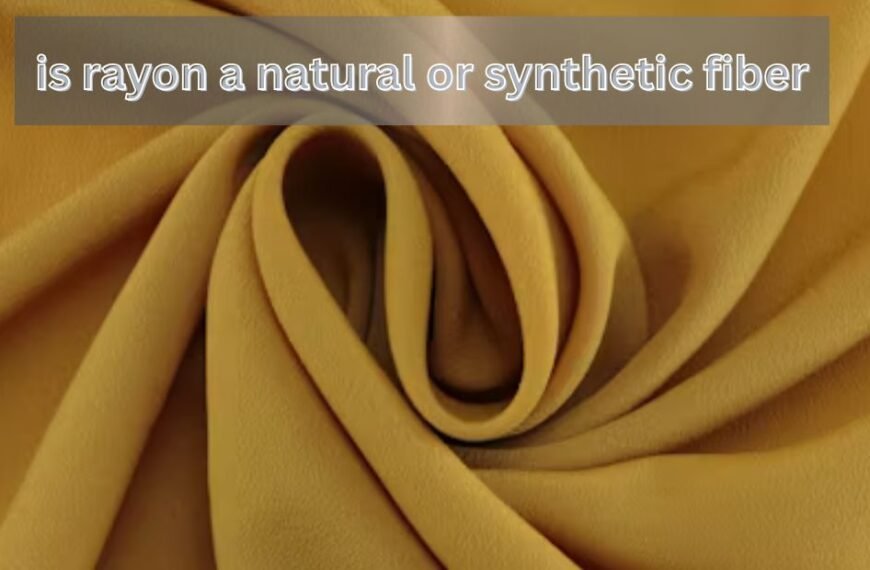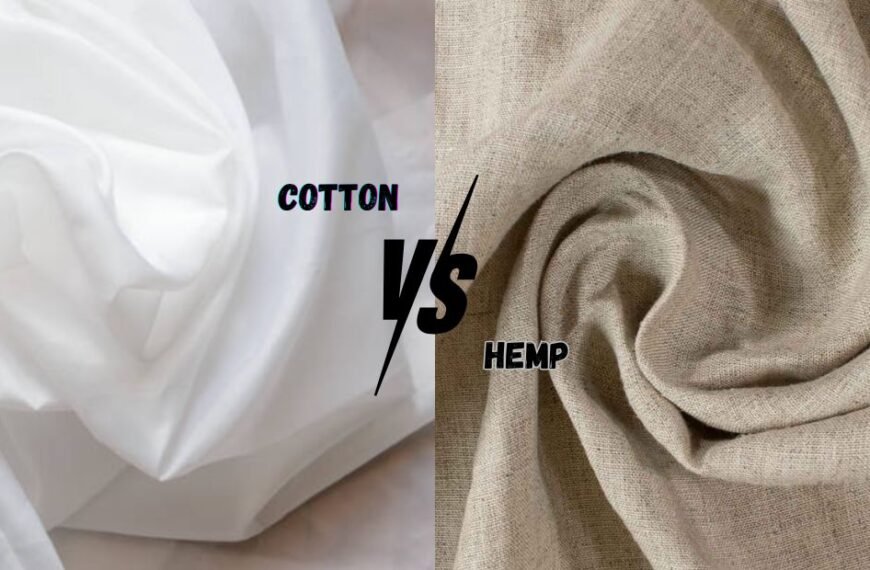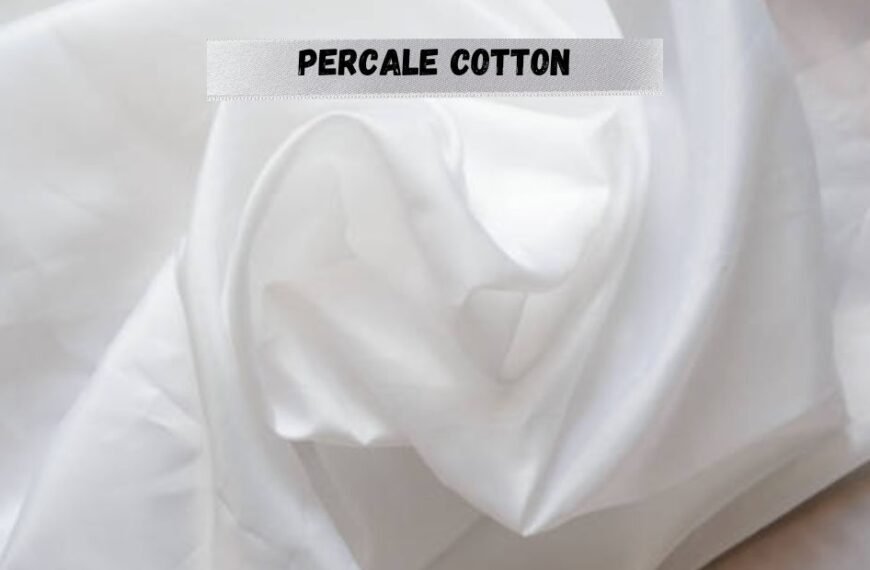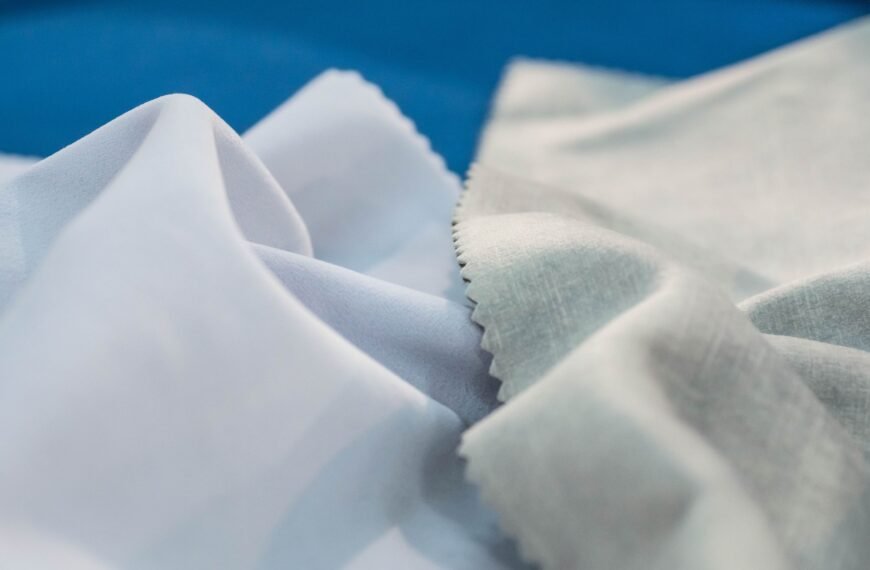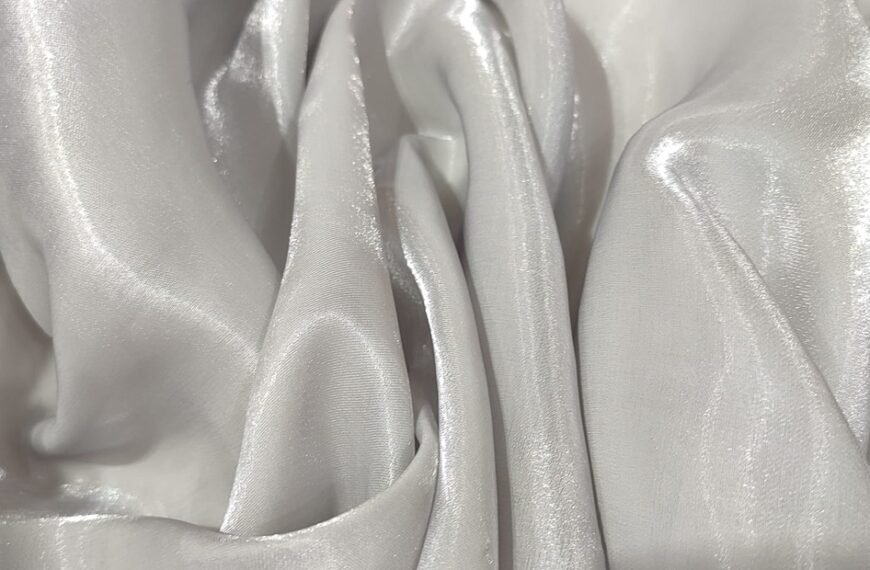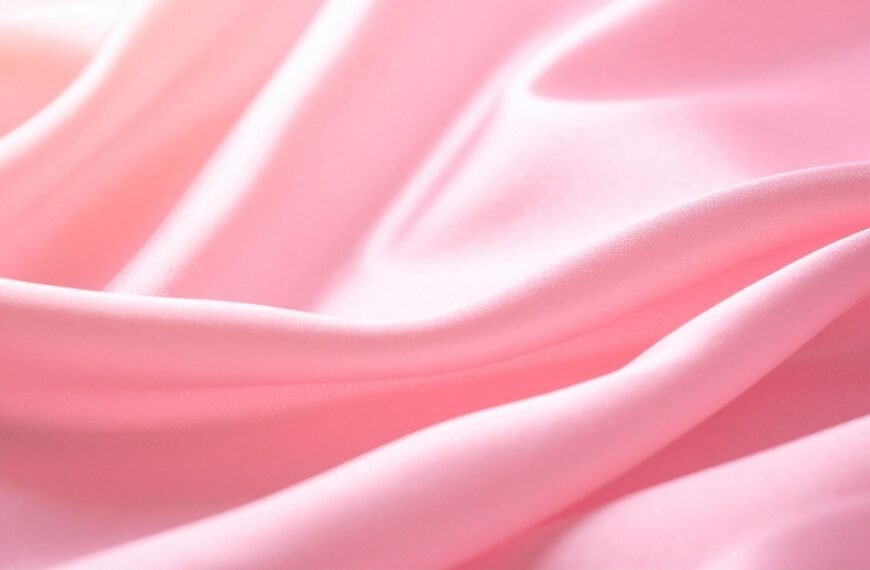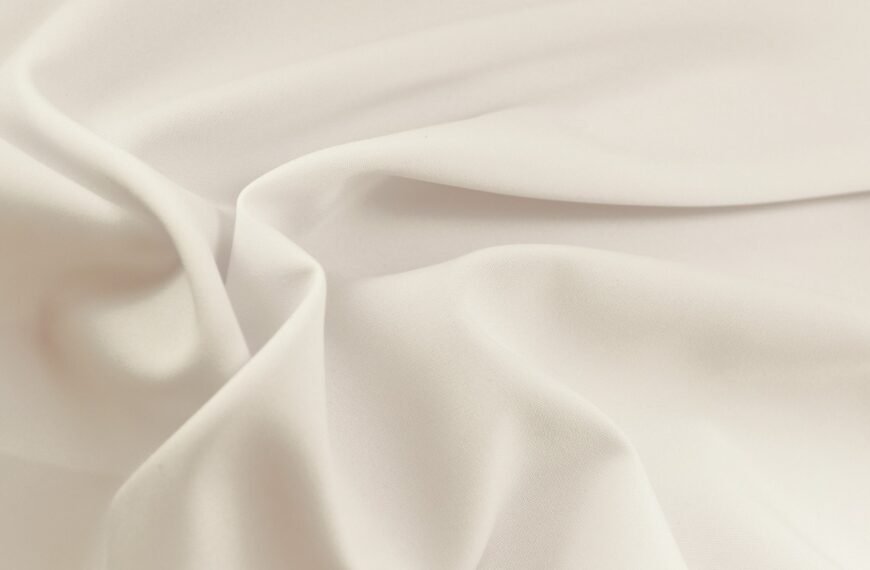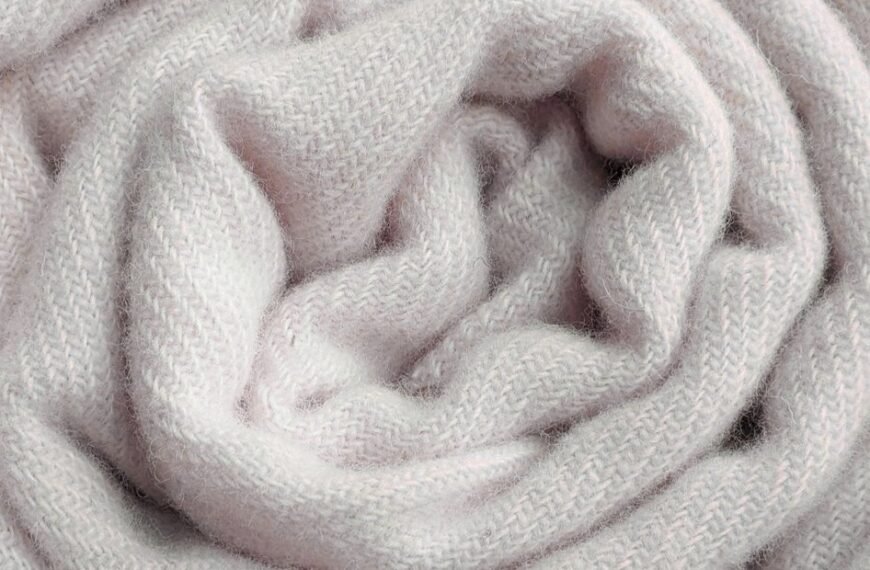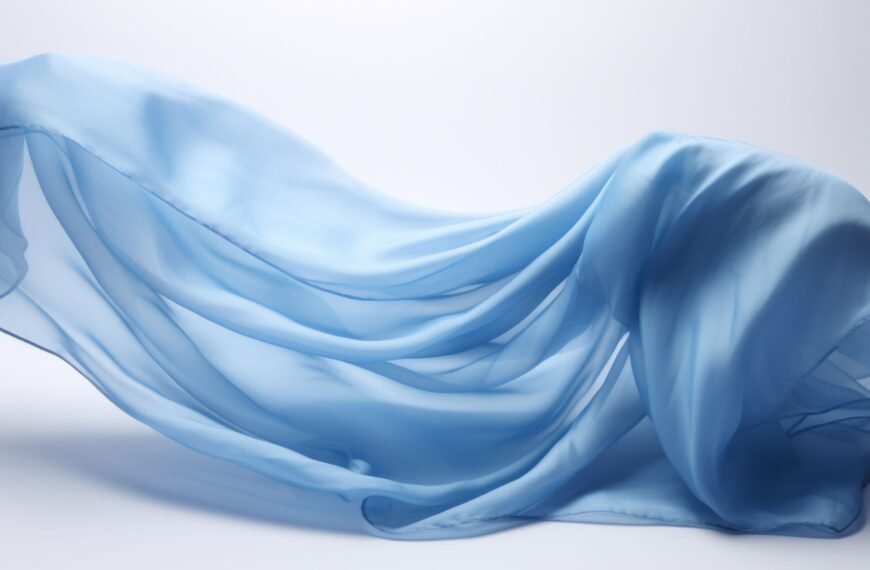Introduction
Polyester is a byproduct of PET, a type of plastic polymer. This hydrophobic, water-resisting fabric comes as a result of polyester being repelled by water. Polyester is distinct from cotton and wool, which are hydrophillic. That is, water is quickly absorbed because that where the fabric is.
Compared to natural fibers, polyester is superior in wet environments. Cotton absorbs approximately twenty five times its weight in water, thus becomes heavy and difficult to dry. Wool, while warmer, becomes heavy, bulky and wet. In contrast, polyester remains light and Holden its shape. This rapid and quick drying, hydrophobic behavior is the basis for its water resistance.
Water-Resistant vs. Waterproof vs. Water-Repellent
Water-Resistant
Light showers and splashes are easily managed by water-resistant clothing made of polyester, which withstands water easily. Indeed, anything more than a gentle drizzle, constant and heavy, will cause polyester to fall apart. Basically, there is a water penetration of a few millimetres, which is manageable and adequate for day-to-day use.
Water-Repellent
Polyester fabrics coated with a DWR will cause water to sit and roll off without soaking in. Most outdoor apparel and jackets with this finish will perform better. DWR polyester Tex fabrics and waterproof / breathable shells are a versatile combination for many outdoor use. Water-repellent does not soak in, it only sits.
Waterproof
Contrary to popular belief, waterproof fabrics do not exist. The combination of polyester with added polyurethane coatings and laminated membranes is what does the trick. Waterproof jackets, tents, and tarps use the fabrics because the do not allow water to touch the surface. These materials are also known for their impermeability to water.
Factors That Affect Polyester’s Water Resistance
Polyester has many elements and factors that determine the real world applicability of water resistance.
Weave Tightness
For instance, fabrics that are densely woven are more effective at resisting water than those which are loosely woven. A lightweight polyester windbreaker will block more rain than a fleece hoody.
Fabric Treatments
Brands of clothing often add DWR coatings to polyester clothing. Water resistance is enhanced with these treatments by allowing water droplets to roll off. They wear down with time and also need reapplication.
Age and Wear
Polyester itself remains resistant to water over time although applied coatings do break down. Washing and UV exposure along with friction can reduces its effectiveness. Proper maintenance helps the fabric maintain its performance.
Common Uses
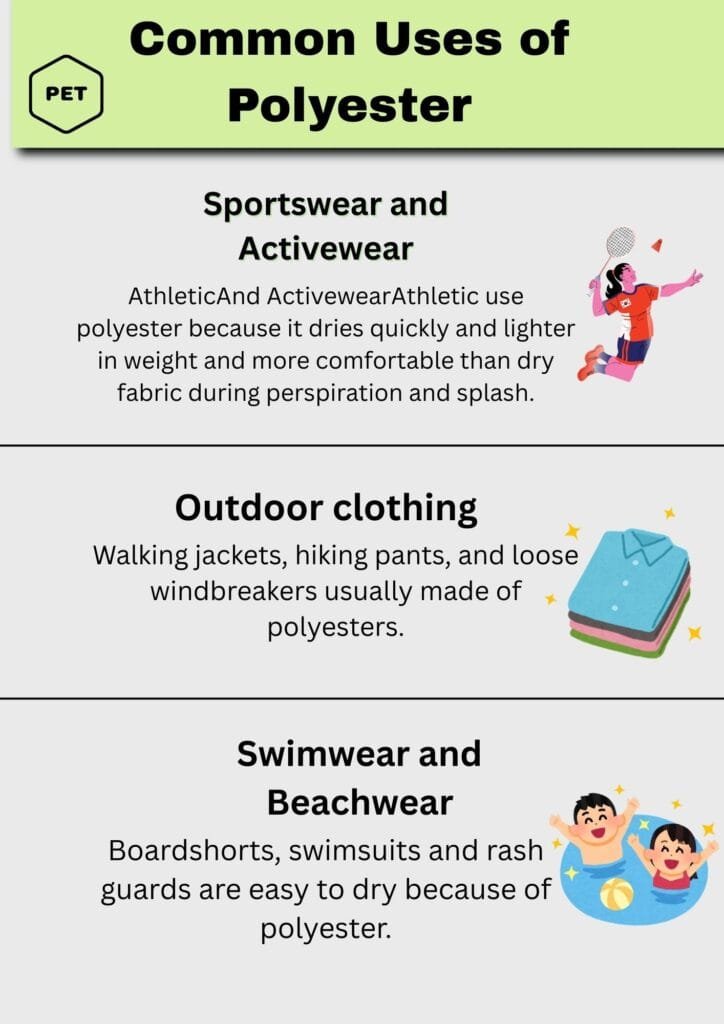
Sportswear and Activewear
AthleticAnd ActivewearAthletic use polyester because it dries quickly and lighter in weight and more comfortable than dry fabric during perspiration and splash.
Outdoor clothing
Walking jackets, hiking pants, and loose windbreakers usually made of polyesters. The ability to shed light drizzle and they are extremely useful in outdoor poly of splashing water and light rain.
Swimwear and Beachwear
Boardshorts, swimsuits and rash guards are easy to dry because of polyester. They are easy to use for water activities because they are lighter than cloth and other materials.
Travel and Luggage
Polyester is often included in the composition of backpacks, duffel bags, and suitcases. The substances in them acts to shield baggage from moisture and other heavy precipitation during movement.
Home and Outdoor Furnishings
Cushions and upholstery are usually blended with polyesters. Outdoor polyester is very useful because it is maintains with splashes and light drizzle of water.
Pros and Cons of Polyester’s Water Resistance
Knowledge of both the strengths and weaknesses helps buyers make informed decisions.
Pros
- Polyester softshells shed water much quicker than their natural fiber counterparts.
- Lightweight polyester does not waterlog.
- Waterproof fabrics maintain their shape.
- Light rain and damp climates can be comfortably sheltered from.
Cons
- Water resistant fabrics do not breathe and trap perspiration.
- Polyester can be clammy feeling due to overheating.
- Concerns over over microplastics shed from fabrics is an issue.
- Letting moisture from perspiration to build up is unpleasant.
Practical Applications: Where Polyester Works Best
Damp and rainy conditions make polyester fabrics useful in many fields and products.
Everyday Clothing
Polyester fabric used in sports clothing, swimwear, and windbreakers keeps users comfortable by drying rapidly.
Outdoor Gear
Polyester in the form of tents, backpacks, duffel bags and hiking pants is useful due to its resistance to rain and snow while outdoors.
Furniture and Home Use
The inner and outer fabrics of outdoor cushions and their protective covers are made of polyester because it retains no moisture and dries quickly. In an indoor setting, polyester-blend indoor cleaning fabrics tend to be the least of the hardest materials to clean.
When It Falls Short
Untreated polyester becomes weak and fails under heavy rain. Without waterproof coatings, jackets or pants are bound to get wet on the inside. In the case of polyester used in clothing specifically for sports where high levels of perspiration are eminent, the contact points with skin tend to be very uncomfortable due to excessive stickiness.
How to Test and Improve Polyester’s Water Resistance
Testing it at home and improving its performance are fairly easy to accomplish.
The Home Test
Splash some water on the garment. Water beading on the fabric proves it’s resistance. Water soaking in means the garment needs to be re-treated.
Replenishing DWR
The garment should be washed in a cleaner specifically made for technical clothing first. The next step would be applying a spray on or wash in DWR coating. Heating in a dryer can help re-activate the coatings.
Long-Term Care
The water resistance coating lasts longer with gentle washing and specially formulated harsh clothes washing detergents, aka softeners or bleaches, and those break down the fibers and coatings.
Polyester Compared to Other Fabrics
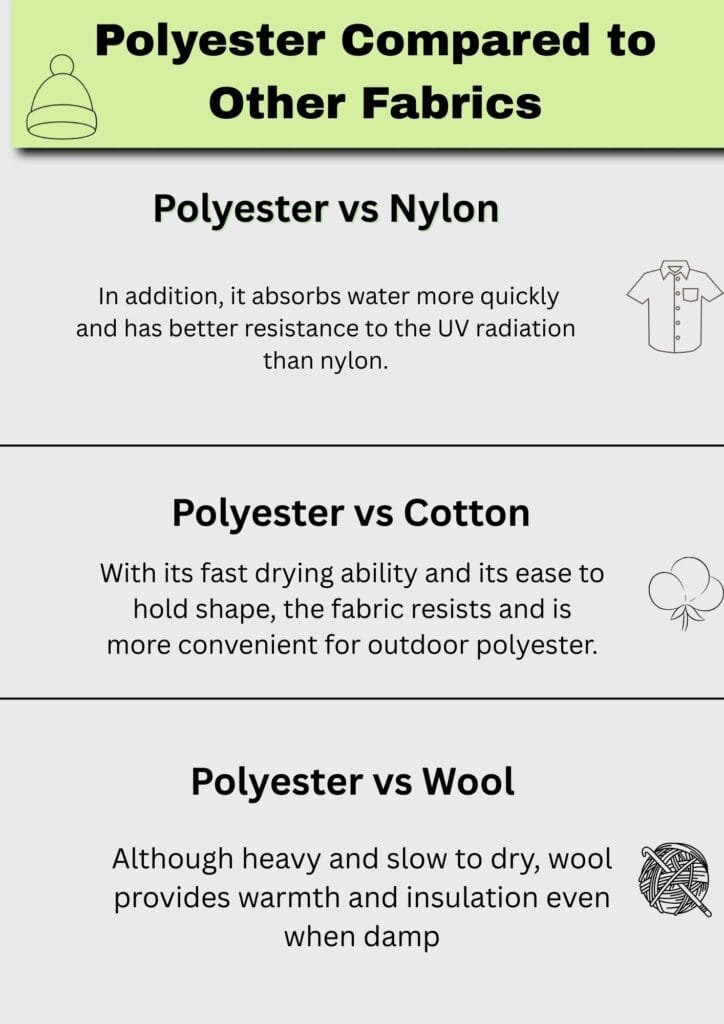
Polyester vs Nylon
Both synthetic and water resistant, however, nylon absorbs water more readily. In addition, it absorbs water more quickly and has better resistance to the UV radiation than nylon.
Polyester vs Cotton
Absorbing and holding water result in the mildew, and the cotton fabric transforms into a heavy and insulating garment. With its fast drying ability and its ease to hold shape, the fabric resists and is more convenient for outdoor polyester.
Polyester vs Wool
Although heavy and slow to dry, wool provides warmth and insulation even when damp. Polyester is lighter, dries quicker, but lacks wool’s natural insulation in cold weather.
Conclusion
Yes, polyester is water resistant. Its hydrophobic micros fiber repel water and dry out quickly, making them very useful in a soft drizzle. Its primary use cases are in sportswear, outdoor clothing, and home textiles. There are better options and practices to harness grade polyester, but on its own it is generally unsatisfactory in a torrential downpour and doesn’t provide absolute dryness.
When opting for polyester, one must keep in mind its benefits and limitations. It is robust, lightweight and water resistant, but lacks in breathability and waterproofing. On a day to day basis, it serves its purpose. However, for harsh weather. laminated or coated polyester would be better options.
Read More>> About types of polyester.
FAQs
No, polyester is not water absorbent. It has hydrophobic fibers and thus resists repels liquid.
No, pure polyester is water resistant. It needs more to be waterproofed, such as additional coatings or laminates.
Although polyester repels liquid water, prolonged exposure allows water to enter the garment due to seams or pores. In the end, polyester jackets become soaked without waterproof coating.
Polyester dries within a few hours, compared to cotton which takes a day.
Polyester is versatile and can be waterproofed to a certain extent with waterproof coatings like polyurethane, DWR sprays and other such sprays and DWR (Durable Water Repellent) sprays. Outdoor equipment and clothing polyester fabrics often comes with these treatments to enhance performance and water resistance.

